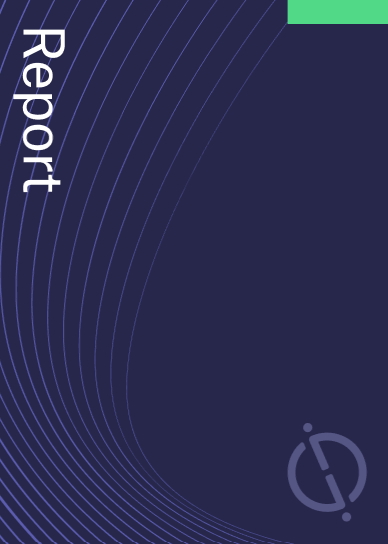PGS has been granted a patent for a method involving marine vibrators emitting orthogonal coded pseudo-random sweeps for marine surveys. The process includes generating coded signals, activating vibrators, recording wavefields, and cross-correlating seismic data to reduce noise. The method aims to improve seismic data quality in subterranean formations. GlobalData’s report on PGS gives a 360-degree view of the company including its patenting strategy. Buy the report here.
According to GlobalData’s company profile on PGS, Underwater seismic device deployment was a key innovation area identified from patents. PGS's grant share as of February 2024 was 65%. Grant share is based on the ratio of number of grants to total number of patents.
Marine survey method using orthogonal coded pseudo-random sweeps
A recently granted patent (Publication Number: US11914090B2) discloses a method for conducting marine surveys using marine vibrators in a body of water above a subterranean formation. The method involves generating coded pseudo-random signals to drive the marine vibrators, which then produce orthogonal coded pseudo-random sweeps that penetrate the subterranean formation. The seismic data reflecting wavefields from the formation is recorded by receivers in the water, and cross-correlation with the signature of the coded pseudo-random sweeps is used to reduce incoherent residual noise in the data. The coded pseudo-random signals are generated using seed binary sequences, linear-feedback shift registers, and maximum length sequences with balanced ones and zeros.
Furthermore, the patent describes a method for manufacturing a geophysical data product by utilizing the coded pseudo-random signals to activate marine vibrators, recording wavefields reflected from the subterranean formation, sorting the seismic data to remove incoherent residual noise, and storing the data in a computer-readable medium. The process involves repeatedly using seed binary sequences to generate the coded pseudo-random sequences for driving the marine vibrators. This innovative method aims to improve the quality of seismic data obtained during marine surveys by reducing noise and enhancing the accuracy of subsurface imaging through the use of coded pseudo-random sweeps and cross-correlation techniques.
To know more about GlobalData’s detailed insights on PGS, buy the report here.
Data Insights
From

The gold standard of business intelligence.
Blending expert knowledge with cutting-edge technology, GlobalData’s unrivalled proprietary data will enable you to decode what’s happening in your market. You can make better informed decisions and gain a future-proof advantage over your competitors.






